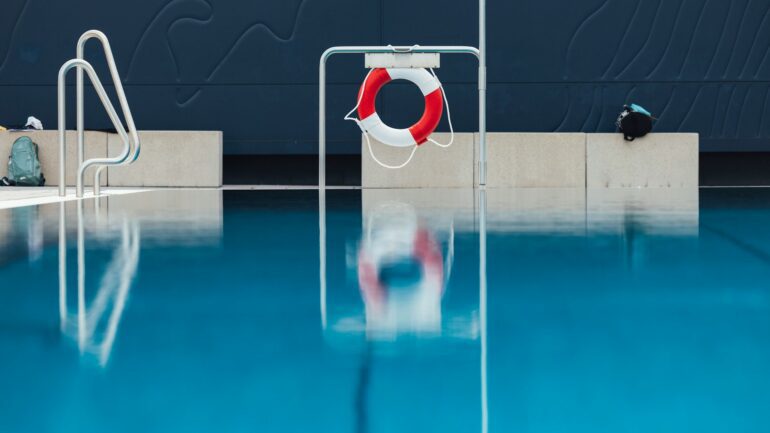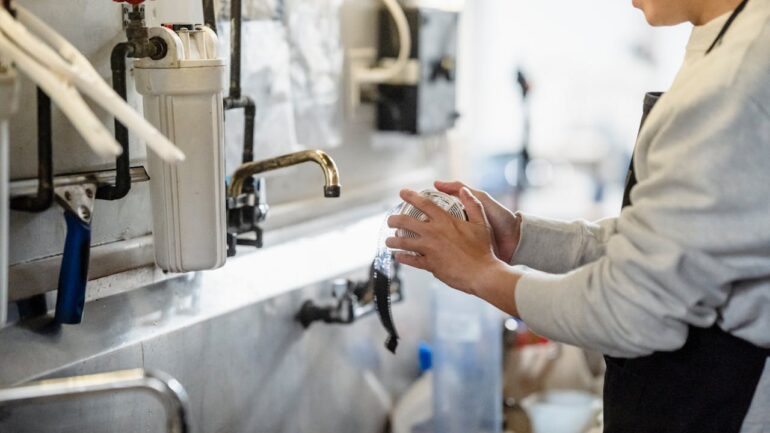When you want to bring home a puppy, you must ensure you are prepared for all the different things you will encounter. Here are five tips to help you get ready:
Contents
Find a Vet before Bringing a Puppy Home.
It’s a good idea to find a vet before bringing home your new puppy from an online marketplace like Pawrade. This will ensure the health of your pet as it grows.
There are many factors to consider when selecting a veterinarian, including their location, costs, and services. You may already have a veterinarian on speed dial, but you should also look at the competition.
A veterinarian should be able to recommend the best care for your pet. Ideally, you’ll want a local practice with a good reputation in your area. Some methods are more traditional and only treat dogs, while others offer integrative medicine and other services.
When choosing a vet, you’ll want to research a few of them and ask for recommendations. Look for a place that offers the best services at an affordable price.
While researching a potential veterinarian, check out customer reviews on websites such as Yelp and Facebook. Also, ask your friends and relatives for suggestions.
Get a Leash
Leash training your puppy is an important skill to learn. It will help you create a positive bond with your new pup and give your dog the necessary exercise. However, your puppy may be reluctant to use it.
One way to entice your pup to use the leash is to offer tasty treats. This is a great way to train your pup to behave, and the goodies will help to build positive associations with your collar.
The best time to start puppy leash training is during the first few weeks of your pup’s life. When you bring him home, you can drag the leash around the house to get him used to it.
During this time, you should also pick up on his prey drive. Often, your puppy will want to run around and chew the leash.
To start, choose a harness with a buckle collar, a back fastener, and a front clip. These items will ensure that the leash is held securely, which is essential for a puppy’s health.
Food and Water Bowls
Although it may appear simple, some puppies may require unique food bowls due to their size, eating style, or medical needs.
Water bowls are, of course, a must-have item on any new puppy shopping list like those at. There are also many options available for new puppy parents, such as travel dog bowls to keep your puppy hydrated while on the go.
Food and Treats
Selecting the best dog food for your new puppy can be challenging. Do you prefer to shop grain-free or raw? Should I buy dry food or canned food? As always, consult your veterinarian. And allow some time. You’ll soon figure out why your puppy is licking his bowl clean.
When it comes to chews and dental snacks, the possibilities can be overwhelming. It’s a good idea to keep a small selection on hand for treating your new puppy—it’ll keep things fresh and help you learn what flavors your puppy prefers. Training treats are not the same as regular puppy treats. They’re designed to be “high value,” or something your dog will enjoy, to serve as an incentive to learn.
Buy a Dog Toy Storage Bin.
A dog toy storage bin is the perfect place to store your dog’s favorite toys. Dog toy storage bins come in various shapes, colors, and sizes. Each has core features that help keep your pet’s toys safe and clean.
If you have a small dog, a collapsible storage bin is a good choice. It takes up minimal space and is easy to store when not in use.
Another option is a crate. These are usually made of durable materials and come in several different colors. They are also straightforward to clean. You can quickly write a label on the inside with a marker.
Another great choice is a toy chest. These come in plain or chevron designs. Some even have handles so you can carry your dog’s toys around more easily.
If you have a large dog, a wooden toy box may be best. Wooden toy bins are sturdy and last a long time.
Microchip Your Puppy
Microchipping your puppy is a good idea for many reasons. It is a safe, painless, and effective way to identify and reunite your pet with you if it becomes lost.
Before puppies are adopted, some rescues and breeders microchip them. Ensure that the registration has been transferred to your name and that all information, particularly your phone number and address, is correct. If your puppy still needs to be microchipped, consult your veterinarian about it.
Microchipping your puppy does not cost much, and it’s simple. Your veterinarian will walk you through the process. No pain is involved, and the procedure is done in seconds.
A microchip is a small capsule with a tiny radio receiver embedded. It is about the size of a grain of rice. The microchip is inserted into your puppy’s skin. This is a painless procedure, similar to administering a vaccine.
You can find microchip readers at almost all veterinary clinics. Animal shelters can also scan stray pets for microchips. Some animal hospitals have scanners, as well.
A microchip does not transmit information like a GPS. But it does store the owner’s contact information. You need to update your pet’s microchip information if you change your phone number or address.





